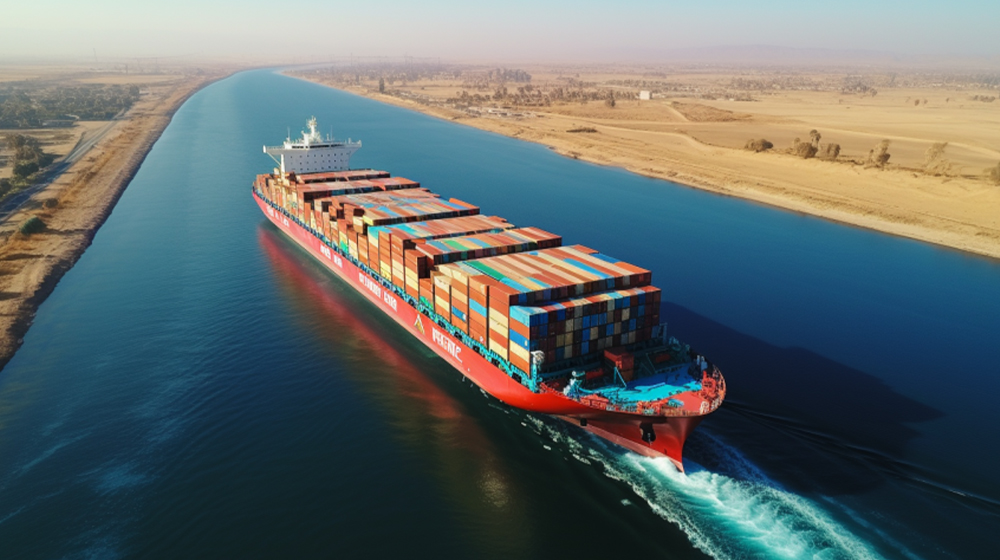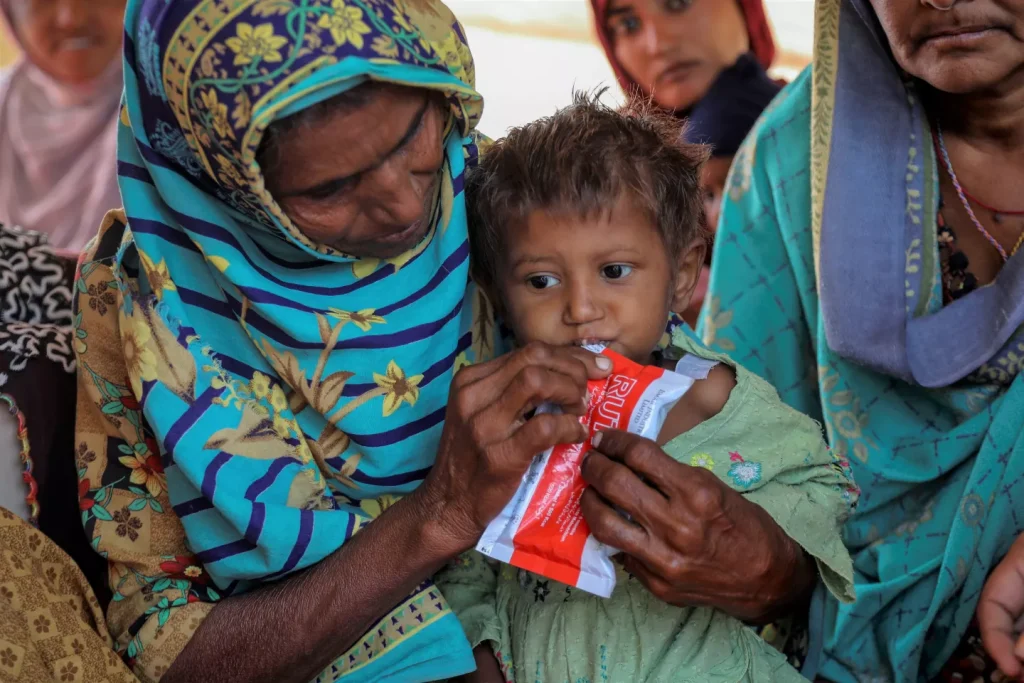On Global Accessibility Awareness Day (GAAD), celebrated on third Thursday of May each year, it’s vital to turn our attention towards the sectors that critically influence daily life and economic independence, with a particular focus on banking. In Pakistan, where financial inclusion is already a topic of much discussion due to the digital divide and socio-economic disparities, the challenge of making banking accessible to people with disabilities stands as a daunting yet essential goal. Millions of people with disabilities in Pakistan, a nation marked by its rich history and diverse cultures, face daily accessibility challenges related to banking that extend far beyond the physical landscapes of its bustling cities and rural expanses.
The Current Landscape of Banking Accessibility in Pakistan
The State Bank of Pakistan’s (SBP) commendable Policy for Financial Inclusion of Persons with Disabilities (2021), mandates banks to develop accessibility frameworks, including features like Braille documents, sign language interpretation, and accessible ATM interfaces. It even encourages banks to create a job quota for persons with disabilities. While the SBP’s policy is a positive step, yet gaps between policy and practice persist, underscoring a pressing need for comprehensive strategies and genuine commitment to accessibility.
Barriers to Accessing Physical Infrastructure
One of the most immediate and visible indicators of accessibility in banking is the physical infrastructure of bank branches. Despite guidelines suggesting enhancements, most bank branches across Pakistan lack proper accessibility features. Steps without ramps, elevators that are often out of service, and high counters are commonplace, making it difficult, if not impossible, for people with disabilities to use these spaces. Additionally, ramps, when they exist, are often too steep for safe use by individuals using wheelchairs or mobility aids, rendering them ineffective and unsafe. Such oversights not only discourages people with physical disabilities from using banking services but also exposes them to potential harm.
These issues are not mere inconveniences but are severe impediments that violate basic rights to access and mobility. The absence of functional ramps at bank branches starkly illustrates the disconnect between the intended policy outcomes and the reality on the ground.
Communication Challenges for Hearing Impairments
Equally critical is the lack of accessibility for customers with hearing disabilities. Sign language assistance is rarely available in banks, which isolates and limits the ability of the hearing impaired to engage in routine financial transactions independently. This gap in service can lead to misunderstandings and errors in financial management, which are not just frustrating but can have serious financial repercussions for the individuals affected.
The absence of sign language interpreters or the provision of technology-assisted communication tools in banks points to a broader oversight in addressing the needs of people with varying disabilities. This oversight speaks to a need for a more inclusive approach in the training of bank staff and the deployment of communication aids, ensuring that all customers can receive assistance that respects their needs and ensures their autonomy.
Insurmountable Digital Walls for Persons With Disabilities
Perhaps most critically, there is a significant lapse in the digital accessibility of financial services. The State Bank of Pakistan’s guidelines do not explicitly mandate that digital banking platforms—such as websites and mobile apps—adhere to international standards like the Web Content Accessibility Guidelines (WCAG) 2.1. This standard is crucial for ensuring that online content is accessible to people with visual, auditory, motor, and cognitive disabilities.
Without a requirement to follow WCAG 2.1, banks may not prioritize the modifications needed to make their digital services universally usable. This oversight effectively excludes a significant portion of the population from participating in the rapidly expanding digital banking sector. Features such as screen reader compatibility, keyboard navigation, and alternative text for images are essential for making digital banking inclusive but remain inconsistently implemented causing an increase in digital divide.
Mobile banking, for instance, can be a game-changer, but not if it’s inaccessible to those people like myself who rely on screen readers or have motor control limitations. Websites riddled with complex interfaces and lack of keyboard navigation become insurmountable digital walls.
The Human Cost of Inaccessible Banking or The Everyday Battles of Banking with Disabilities
Imagine trying to access your favorite online store only to find the website crashes on your phone’s browser. You try your laptop, but the text is so tiny you can’t read it without zooming in so close you lose sight of half the page. Frustrated, you call customer service, but the wait times are astronomical and the automated menus are impossible to navigate. Now imagine facing these challenges everyday and everywhere you go. This is the harsh reality for many persons with disabilities in Pakistan. Our banking system, while undergoing a digital transformation, often forgets the critical aspect of inclusive design.
The consequences of inaccessible banking are profound. Economically, it marginalizes an entire segment of the population, often those who already face additional hurdles in finding employment and securing a stable income. Socially, it sends a subtle yet powerful message that people with disabilities are not considered equal participants in financial systems, reinforcing outdated stigmas and discriminatory practices. Moreover, financial independence is closely linked to personal dignity and the ability to make choices about one’s life. When people with disabilities are denied access to banking, they are also denied these fundamental aspects of autonomy.
Towards an Inclusive Financial Future in Pakistan
These highlighted issues call for a comprehensive reform in how accessibility is perceived and implemented within the banking sector in Pakistan. The State Bank of Pakistan should consider updating its inclusion guidelines to address these gaps explicitly: mandate the construction and maintenance of ramps according to standardized accessibility specifications; require banks to provide sign language assistance and other communication aids to cater to customers with hearing impairments; and, explicitly require that all digital banking services comply with WCAG 2.1 standards to ensure that websites and apps are accessible to everyone, regardless of their physical abilities.
Moreover, there needs to be a mechanism in place to monitor and enforce these guidelines. Regular audits, customer feedback channels, and penalties for non-compliance could drive significant improvements.
Accessibility is a Right Not Favour
The GAAD serves as a reminder that accessibility for persons with disabilities isn’t a favor; it’s a right. This year, let’s make it a turning point for Pakistan’s banking sector. Let’s bridge the gap between rhetoric and reality, and build a financial system that leaves no one behind and truly empowers all, regardless of ability.




